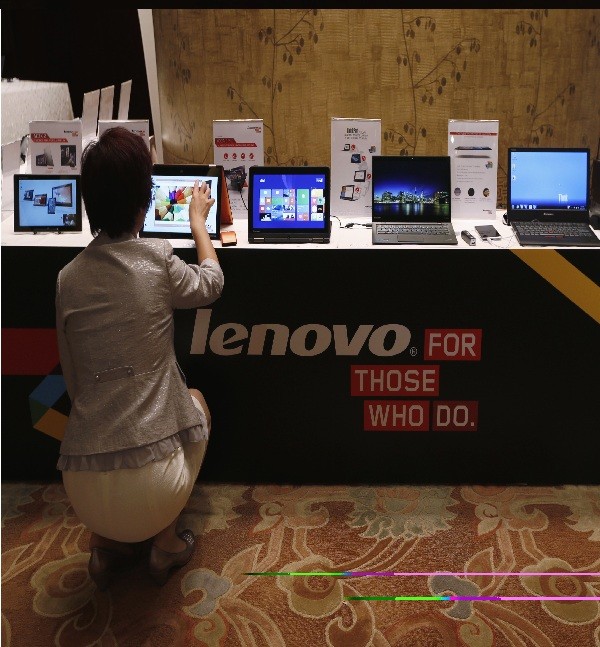While the public relations team of Chinese technology company Lenovo Group Ltd. has been in overdrive since a pre-loaded security flaw was identified in the recent market release of the brand's laptops, the discussion has expanded to include the potential of the software at the core of the issue.
In addition to the outrage that spread throughout the tech world, Superfish Inc.'s visual search technology also received attention for its capacity to become online shopping's next revolutionary step.
According to emails received at the end of last week by the Reuters news media outlet, Lenovo--presently the world's largest PC maker--will no longer pre-install software that was publicly discussed by users as early as last June, whereby the Superfish software was described as "adware" for automatically displaying adverts.
The latest controversy was triggered by cybersecurity experts and security researchers who called the pre-installed Superfish software "virus-like" and malicious, as they rendered consumer laptops vulnerable to hacking and spying by taking over online connections.
In addition to the cessation of software pre-installation, Superfish has been disabled in all Lenovo products dating back to January. A company representative explained that a segment of the consumer laptops that were shipped between September and December carried the Superfish visual search technology.
However, Superfish CEO Adi Pinhas has not pandered to the positive attention that the incident has garnered, laying the blame with Komodia, an Israel-based startup that designs parent-friendly programs to guard the Internet usage of children. Pinhas was adamant in the press that Superfish's code is safe and that the vulnerability was "introduced unintentionally by a third party."
Superfish's technology is seen as an exciting development for online shopping because it can produce similar images from a database, based solely on an analysis of visual content. That is, consumers can use the software to source images without the need for descriptive text.



























